Results 7,191 to 7,200 of 12096
Thread: Anandtech News
-
07-27-17, 09:07 PM #7191
Anandtech: AMD Releases Radeon Pro Software Enterprise Driver 17.Q3
This Thursday marks AMD’s third quarter update of Radeon Pro Software Enterprise, AMD’s enterprise and workstation graphics drivers. While Radeon Pro Software Enterprise 17.Q3 is not as extensive as last quarter’s 17.Q2, this release continues the pace of post-FirePro enterprise-ready software support, standing adjacent to this week’s major Radeon Software 17.7.2 launch.
Introduced last fall as a replacement to the AMD FirePro drivers, Radeon Pro Software Enterprise exists separately from the standard consumer Radeon Software and general professional Radeon Pro Software. As the namesake suggests, Radeon Pro Software Enterprise is geared towards enterprises, with workstation application certification and regular updates on the 4th Thursday of every quarter. Radeon Pro Software Enterprise also comes with 24/7 Radeon Pro support and AMD’s Prioritized Enterprise Support program, where AMD works with the custom, OEMs, and ISVs to provide priority engineering support.
17.Q3 sees official support for the Radeon Pro Duo (Polaris), Radeon Pro WX 3100, and Radeon Pro WX 2100, all products that were launched after the release of 17.Q2. For older products, AMD did note substantial gains for the WX 7100 with respect to power consumption and professional application performance.
For 17.Q3, AMD has also added support for the Windows 10 Creators Update. In addition, AMD has added 8K resolution and Dell High Dynamic Range display support, as well as VR support for Autodesk VRED.
In terms of bug fixes, the 17.Q3 driver release has resolved issues with external monitor auto switching when plugging into mini-DisplayPort/DisplayPort/HDMI/DVI ports on SG/Spec graphics mode. A WX 7100 audio output compatibility issue was also resolved in certain 8K panels when dual DisplayPort cables were plugged in. Similarly, AMD fixed WX 4100 compatibility issues with certain 8K monitors running DX applications at full resolution. Lastly, setting a multi-GPU single-large-screen to maximum resolution should no longer cause unexpected display issues.
17.Q3 is compatible with the Radeon Pro WX and Pro Duo series, as well as the FirePro W and S series. The updated drivers for AMD’s workstation graphics are available through at the AMD workstation graphics driver download page. More information on this update and further issues can be found in the Radeon Pro Software Enterprise Driver 17.Q3 release notes.
Future Radeon Pro Software Enterprise releases will follow on October 26th, 2017, January 25th, 2018, and April 26th, 2018.
More...
-
07-27-17, 10:49 PM #7192
Anandtech: Intel Announces Q2 FY 2017 Earnings: Record Quarter
This afternoon, Intel announced their second quarter results for fiscal year 2017, and continuing a trend, they have once again set a record for the current quarter. Intel recorded $14.8 billion in revenue this quarter, up 9% from a year ago. Operating income, which was down dramatically a year ago due to restructuring charges, has rebounded to $3.8 billion for the quarter, up 190% when compared to a year ago when they took the restructuring hit. Gross margin came in at 61.6%. Net income was up 111% to $2.8 billion, and earnings per share were up 115% to $0.58 per share.
Intel also released Non-GAAP results to account for the restructuring charges, and they give a better look at the underlying business without the wild swings taken into account when there is a large hit to the bottom line. On a Non-GAAP basis, revenue was the same, at $14.8 billion, up 9%, and gross margins were 63%. Not factoring in certain charges such as acquisition costs and restructuring, operating income came in at $4.2 billion, up 30% from a year ago. Net income was up 23% to $3.5 billion, and earnings per share were up 22% to $0.72 per share.Intel Q2 2017 Financial Results (GAAP) Q2'2017 Q1'2017 Q2'2016 Revenue $14.8B $14.8B $13.5B Operating Income $3.8B $3.6B $1.3B Net Income $2.8B $3.0B $1.3B Gross Margin 61.6% 61.8% 58.9% Client Computing Group Revenue $8.213B +3.0% +11.9% Data Center Group Revenue $4.372B +3.3% +8.6% Internet of Things Revenue $720M flat +25.9% Non-Volatile Memory Solutions Group $874M +1.0% +57.8% Programmable Solutions Group $440M +3.5% -5.4% All Other Revenue $144M -75% -75%
Intel’s Client Computing Group, which includes platforms for notebooks, 2-in-1 systems, desktops, tablets, phones, wireless, and mobile communications, had a very strong quarter, with revenue up 12% from a year ago to $8.2 billion. Notebook revenue was up 20% from a year ago, while desktop processor revenue slid 3%. Overall, Intel sold 3% more units in Q2 2017 compared to Q2 2016, and average selling prices increased 8%. We’ve not seen anything yet post 14nm, but Kaby Lake’s improved 14nm process is still very competitive, and was able to boost overall performance without any changes in IPC by allowing higher frequencies in the same thermal design. AMD’s new Ryzen platform doesn’t yet compete with Intel in the notebook space, so this will be interesting to watch, since AMD really has no competition to Core based SoCs at this time. Intel announced on their earnings call that they expect to begin shipping 10nm chips in low volume by the end of 2017, with a ramp up to higher volumes in 2018, so 14nm is still going to be the prevalent process for some time. It could easily be CES before we start to see shipping systems with 10nm, although Intel is currently sampling customers with engineering samples right now.
The Data Center Group continues to perform very well, and Intel sees this business having a lot of growth in the future. Revenue for this group was up 9% year-over-year to $4.4 billion. Operating income was $1.66 billion for this group, down 6% from a year ago. The lower margin was attributed to the move to 14nm, which has higher startup costs, and development costs, along with investments in AI. Intel shipped 7% more units, and average selling price was up 1%. We’ve just seen Intel announce the Xeon Scalable Processor Family, and they have had a pretty impressive response to this new branding. Intel shipped over 500,000 units to over 30 customers, which makes it the largest early ship program they’ve ever had. Intel faces strong competition here from AMD though, so we’ll see how the reshuffle their product stack over the next while.
Intel’s Internet of Things revenue was up 26% year-over-year to $720 million in revenue. This segment has had some product changes over the last quarter, with Intel discontinuing their Galileo, Joule, and Edison lines, but Intel is still moving forward in this space with other products for industrial, video, and automotive. Despite the shakeup, this group increased its operating income 56% to $139 million.
The Non-Volatile Memory Solutions Group had strong revenue growth as well, jumping 57.8% from a year ago to $874 million. Intel is now shipping 64-layer 3D NAND solutions, and they feel they have a competitive advantage there with density. Operating income for this group was still a loss of $110 million, compared to a $224 million loss a year ago, but Intel says that the core NAND business was profitable this quarter, and they expect it to be profitable the rest of the year. Intel Optane has shipped over 200l,000 units so far, and the profitability includes the ramp up of more 3D XPoint memory.
Programable Solutions Group, which includes Intel’s Altera FPGA business, had a drop in revenue from $465 million a year ago to $440 million this year. Operating income was almost flat at $97 million. They had growth in industrial, military, and embedded FPGAs, but that growth was more than offset by lower data center revenue for this quarter.
Intel is forecasting revenue of $15.7 billion, plus or minus $500 million for Q3, with gross margins around 61%.
Intel is on track to deliver yet another record year, with the first two quarters both setting new records for revenue, on the heels of their record setting 2016 fiscal year. They’ve got some strong competition though to compete against, and it should be fascinating to see how the next couple of quarters play out.
Source: Intel Investor Relations
More...
-
07-28-17, 07:35 AM #7193
Anandtech: Samsung Galaxy S8 Showdown: Exynos 8895 vs. Snapdragon 835, Performance &
The Samsung Galaxy S8’s headline features are its edge-to-edge Infinity Display and striking new design. Of course it still comes packed with the latest hardware and technology like previous Galaxy phones, including iris recognition, wireless charging, and a flagship SoC. Actually, there are two different SoCs for the S8 and S8+. Most regions around the world will get Samsung's Exynos 8895, while regions that require a CDMA modem, such as the US and China, will get Qualcomm's Snapdragon 835. Both SoCs are built on Samsung's 10nm LPE process and are paired with 4GB of LPDDR4 RAM and 64GB of UFS NAND.
While no market receives both types of phones through official channels, with the wonders of modern shipping, anyone with a bit of time and patience would have little trouble tracking down the out-of-region version of the phone. Consequently, for the nerdy among us, we simply have to ask: how do these dueling SoCs compare? Which SoC – and consequently which phone – is better?
Today we’ll delve into the performance differences between the Snapdragon 835 and Exynos 8895 to help answer those questions. We'll also see how well they work with the Galaxy S8’s other hardware and software when we evaluate its system performance, gaming performance, and battery life.
More...
-
07-28-17, 10:26 AM #7194
Anandtech: Corsair Announces White Color Option for RM750x and RM850x Power Supplies
Corsair has announced a new color option for the RMx series power supplies, Arctic White. Readers with a watchful eye may remember that a while ago the company brought out a special edition of the RM1000i PSU in white. Now by popular demand, Corsair has made this a standard option for two of their PSUs, the RM750x and RM850x.
The newly redecorated power supplies are otherwise identical to their existing black-painted counterparts. This means they have fully modular cabling which can minimize the amount of wires users need to use, and see, in their cases allowing for a cleaner look. The cables come already individually sleeved in white with black connectors using three layers of paracord for each. Also something of note, one will find in-line capacitors on the ATX, EPS12V, and PCIe cables which Corsair says helps reduce ripple and noise, and improve voltage regulation.
Features of the RMx series include a Zero RPM Fan Mode, where the rifle bearing 135mm fan sit idle during light to medium loads, only spinning up with heavy loads or at a specific temperature. On top of that The RMx line carries an 80 Plus Gold certification for efficiency, uses 100% all Japanese capacitors rated to 105C, and provides owners with a long 10 year warranty.
Gallery: Corsair RMx whiteCorsair RM750x and RM850x Specifications RM750x RM850x Rated Combined Rated Combined +3.3V 25A 150W 25A 150W +5V +12V 62.5A 750W 70.8A 850W -12V 0.8A 9.6W 0.8A 9.6W +5Vsb 3A 15W 3A 15W Total Power 750W 850W Connector Type RM750x RM850x ATX 24 Pin 1 EPS 4+4 Pin 1 2 PCIe 6+2 Pin 4 6 SATA 8 10 4P Molex 7 8 Floppy 1 


The Artic White versions will fetch a $10 premium over the traditional charcoal/black RMx models. They are priced at $149.99 for the RM750x and $169.99 for the RM850x at the Corsair Website. Finally, Corsair is also stating that at least for now, this is it for white RMx PSUs; there are no plans to produce the lower wattage RMx series power supplies in white.
Related Reading:- Corsair Launches Splash-Resistant K68 Mechanincal Keyboard
- Corsair Unveils T1 RACE Gaming Chair: Five Colors, $350
- Corsair Unveils Dominator Platinum Special Edition Torque 32GB DDR4 Memory Kits
More...
-
07-28-17, 11:12 AM #7195
Anandtech: Silverstone Announces New SFF Chassis: RVZ03 With RGB Light Strip
Silverstone, a familiar face in several enthusiast markets, has announced a new Small Form Factor (SFF) case, the RVZ03. Nestled in its Raven "extreme enthusiast chassis" line, the RVZ03 is an update from their existing RVZ01 chassis from both a styling perspective and the addition of integrated RGB LEDs, giving the lineup its first RGB fix. Silverstone says the Raven Series RVZ03 “...redefines SFF computing with flair.”
The front panel styling differs in appearance versus its predecessor by reshaping the front fascia to give it a more angular shapes as compared to the more plain panel of the RVZ01. The “flair" Silverstone was talking about comes in the form of the RGB LED strip on that front panel. They mention it has the same interior room, supporting Mini-ITX and Mini-DTX motherboards, a standard ATX(PS2) power supply up to 150mm (Silverstone recommends 140mm with flat cables), space for large graphics cards up to 13” (330mm) x 5.88” (149mm) wide, and has “superb air cooling performance”. There is room for up to four 2.5” SSDs or HDDs internally for storage needs. Further, the case can be laid flat or standing up as to fit in whatever space buyers may have.
Looking at the restyled front panel, it holds two USB3.0 ports, 7mm audio and microphone jacks, power/reset buttons, and a drive activity light. The added RGB LED visual is a line running through the front panel of the case, parting the USB/Audio jacks and the Power/Reset buttons on either side. The RVZ03 includes Silverstone's LSB01 RGB light strip control box for allowing expansion and control over additional RGB strips. RGB LED regulation can be done in two ways. First. via the control box itself allowing to swap between several modes (single color, breathing, gradient, and a rotation of those). The second method is by using motherboard RGB software including AURA Sync, AUR RGB LED, RGB Fusion, and Mystic Light.
Below is a complete list of specifications:
The RVZ03 comes with two 120mm, 1500RPM, 18dB(a) fans on the top and bottom of the case with space for an additional 120mm fan. Both included fans are bringing fresh air in the case setting up a positive pressure environment. Silverstone says this is to help prevent dust buildup inside the chassis and quietness. The maximum height of the CPU cooler must be 83mm or less. There is also support for using AIO solutions as well.Silverstone RVZ03 Technical Specifications Model SST-RVZ03B Material Reinforced plastic outer shell, steel body Motherboard Mini-DTX, Mini-ITX Drive Bay Internal - 2.5" x4 Cooling System Top 1x 120mm fan, 1500RPM, 18dBA
Bottom 1x 120mm fan, 1500RPM, 18dBA
1x 120mm fan slotExpansion Slot(s) 2 Front I/O Port(s) USB3.0 x2 Power Supply Optional PS2(ATX) Expansion Card Compatible up to 13"(330mm) long, width 5.88"(149mm) Limitation of CPU Cooler 83mm Limitation of PSU 150mm Dimensions 382mm (W) x 105mm (H) x 350mm (D), 14L
15.04" x 4.13" x 13.78"Extras Support Kensington lock
PCIe riser card set x1
RGB light strip control box x1
{gallery 5738}
The RVZ03 is available in Europe starting today with pricing set at 97.50€ (about $114) excluding VAT. Pricing and availability for the US market was not available at the time of publication.
Related Reading:- The Silverstone Argon AR07 Cooler Review: Tower Cooling on a Budget
- Silvertone Launches SST-TP01 Thermal Pads for M.2 SSDs
More...
-
07-28-17, 01:11 PM #7196
Anandtech: Thermaltake Releases New Smart RGB Power Supply Series
The Thermaltake Smart lines of power supplies have been in the market for a few years now. Since its inception, the line expanded and updated with the introduction of the Pro and White lines, all suitable for a wide range of opreations. Capacity of these lines range 500W to 1000W which cover the vast majority of users needs. One item these lines initially did not address were consumers appetite for RGB lightning - even on a power supply. While the Smart Pro line already came out with RGB offerings several months ago (around the perimeter of the cooling fan), the regular Smart line had not.
Cue the recent release of the Smart RGB series from Thermaltake. The RGB nomenclature added to the product name quite obviously implies the use of RGB LEDs somewhere on these power supplies. In Smart RGB product stack, Thermaltake moved the RGB LEDs from the outside of the cooling fan to the fan hub illuminating the entire fan in the process. The 10 RGB LEDs come pre-installed on the 120mm fan and support 256 colors with 15 lighting modes ( Pulse Red/ Green/ Blue/ Yellow/ Purple/ Light Blue/ White, 256 color RGB cycle, Solid Red/ Green/ Blue/ Yellow/ Purple/ Light Blue/ White, and a LED Off). Each different mode is selected by pressing the RGB lightning button. These cannot be controlled via software.
Outside of the RGB LEDs, Thermaltake Smart PSUs use an “Ultra quiet” 120mm fan with intelligent RPM control. The fan cruve ramps up fairly slowly until you reach around 60% load where it ramps up a bit more aggressively. Thermaltake shows these fans under full load reaching a maximum of 28.6dB (700W model – a bit less for the 500W). As far as efficiency goes, the Smart Line is certified at a basic 80 Plus.
All models in the series use a single 12V+ rail eliminating the opportunity for system limitations due to multi-rail power caps. The Smart and Smart RGB lines can also be found in 230V form for those located in Europe and other areas which have higher voltage at the wall.Thermaltake Smart RGB 500W, 600W, 700W Specifications Smart RGB 500W Smart RGB 600W Smart RGB 700W Rated Combined Rated Combined Rated Combined +3.3V 20A 100W 22A 105W 24A 120W +5V 15A 17A 17A +12V 35A 420W 42A 504W 54A 648W -12V 0.5A 6W 0.5A 6W 0.5A 6W +5Vsb 2.5A 12.5W 2.5A 12.5W 2.5A 12.5W Total Power 500W 600W 700W Connector Type Smart RGB 500WSmart RGB 600WSmart RGB 700WATX 24 Pin 1 EPS 4+4 Pin 1 PCIe 6+2 Pin 2 SATA 6 4P Molex 3 3 5 Floppy 1
Gallery: Thermaltake Smart RGB Power Supply Series


Pricing and availability were not on hand at the time of publication. But we can expect the RGB version to fetch a bit more than the non-RGB versions.
Related Reading:- Thermaltake Adds RGB Lighting to Toughpower Grand Gold PSUs
- FSP Demonstrates Hydro PTM+ 1200W: a Liquid Cooled PSU with RGB LEDs
More...
-
07-29-17, 10:11 PM #7197
Anandtech: Spotted: AMD's Radeon RX Vega, Air & Liquid Cooled
In a very brief update this evening, as part of their trickle marketing campaign, AMD has allowed us to release photos of two of their upcoming Radeon RX Vega cards. Cards as in plural, you say? Yes, just like the already-released Radeon Frontier Edition cards, RX Vega will come in air and liquid cooled variants.
To little surprise, both cards look like a palette swap of their Frontier Edition counterparts, with the same brushed metal finish, fan position, and Radeon "R" logo in the corner. However for any other information besides that, well, AMD is saving that for another time...
More...
-
07-30-17, 10:33 PM #7198
Anandtech: AMD Threadripper 1950X and 1920X Out August 10th, New Eight-Core TR 1900X
One of AMD’s skills in recent quarters is the ability to drip feed information about upcoming products slowly to the point where even the breath of a clock speed becomes another several column inches about an upcoming platform. Today’s announcements are as juicy as an average minute steak, giving details confirming the launch dates for the first two Threadripper processors, some in-house performance comparisons, and also information about a third cut of the ingot coming at the end of the month.
Related Reading- The AMD Zen and Ryzen 7 Review: A Deep Dive on 1800X, 1700X and 1700
- The AMD Ryzen 5 1600X vs Core i5 Review: Twelve Threads vs Four at $250
- The AMD Ryzen 3 1300X and Ryzen 3 1200 CPU Review: Zen on a Budget
- AMD Launches Ryzen PRO CPUs: Enhanced Security, Longer Warranty
- How To Get Ryzen Working on Windows 7 x64
- AMD Launches Ryzen: 52% More IPC, Eight Cores for Under $330
Threadripper Gets a Launch Date
The news at the top of the hour is the date at which AMD is making Threadripper and associated TR4 based motherboards available at retail: August 10th. This is expected to be a full worldwide retail launch, so don’t be surprised if your favorite retailer starts posting teaser images about how much stock they have. August 10th will see both the 1950X and 1920X with their retail packaging, along with motherboards from the main four motherboard vendors.
The image used up the top was posted on Twitter a few days ago by AMD showing the retail packaging, and a Dr Lisa Su, CEO of AMD, for scale. The base retail package does not come with a cooler, but does come with a spacer and Torx wrench, as the socket requires a full Torx screwdriver to access it. AMD has engineered an ecosystem of both closed liquid loop coolers partners, as well as a few air coolers capable of meeting the 180W TDP required. We’re looking into exactly which models will have the appropriate support.
AMD is allowing pre-orders for partner systems and boutique OEMs to start from July 31st. Dell’s Area-51 Threadripper edition has been highly covered already, and it was always a question as to why they were allowed to announce earlier than everyone else. The answer was that they secured an exclusive, but it seems only for four days, from the 27th. Nonetheless, other system integrators such as MainGear, OverclockersUK, iBUYPOWER, Origin, Velocity Micro and others will be showing systems from today.
From the motherboard vendor side, this week has seen the main four companies lift the lid on some of their AM4 designs further to what we saw back at Computex. ASRock, ASUS, GIGABYTE and MSI will all be launching motherboards on day one, making full use of the quad channel memory with two DIMMs per channel and 60 PCIe lanes for add-in cards (using another four for the chipset, which we typically do not count to some users’ chagrin). We’re planning a full overview of each board, but keep eyes out for:
At present all the boards being shown are ATX or E-ATX. We’re unlikely to see any mini-ITX due to the size of the socket however microATX might be possible further down the line. No word on pricing for these yet, except that one of the system integrators has priced the ASUS X399 Zenith at +$227 over the GIGABYTE X399 Gaming 7 in their configurator, which suggests the boards will range in price from $300 to $600 pretty easily (add in some knowledge we already have on the BOM cost of some of these parts).
Threadripper 1950X Performance: AMD Gave A Number
Having a few threads in hand at a high frequency means that any benchmark which is thread dense and register light is going to scale very well. AMD shared one data point (which we cannot confirm) from their recent favorite benchmark, Cinebench R15.
The number given was 4122, representing a 5.2 GHz overclocked (under liquid nitrogen, so not a daily OC) Threadripper 1950X. If we scale this down to 3.5 GHz for the all-core turbo of 1950X, we get a score more around 2774. One of the scores in the screenshot above is 3099, which equates to a 3.9 GHz all-core frequency.
We have some old dual socket CB15 numbers in our database, under Windows 7. There are a fair number of old dual socket workstations around for compute tasks, and TR 1950X (if these numbers are true) beats systems such as a dual socket Ivy Bridge-EP based E5-2687W v3 when running all cores near turbo frequency, which would have retailed at launch for $4200+ just in processors and at a much lower TDP than two of the older processors combined.
Threadripper The Third: The Threadripper 1900X at $549, coming August 31st
To sprinkle some salt onto the steak today is the announcement of a third TR processor. The 1900X is an eight-core part, with a base frequency of 3.8 GHz, a turbo of 4.0 GHz, and +200 MHz of XFR.
There are some questions around why AMD would release an 8-core Threadripper, given that the Ryzen 7 1800X is also eight core and currently retails around $399 when distributor sales are factored in. The main thing here is going to be IO, specifically that the user is going to get access to quad channel memory and all the PCIe lanes required for multi-GPU or multi-add-in cards, along with a super high-end motherboard that likely contains multiple CPU-based PCIe x4 storage and/or 10G Ethernet and additional features.AMD Ryzen SKUs Cores/
ThreadsBase/
TurboXFR L3 DRAM
1DPCPCIe TDP Cost Cooler TR 1950X 16/32 3.4/4.0 ? 32 MB 4x2666 60 180W $999 - TR 1920X 12/24 3.5/4.0 ? 32 MB 4x2666 60 180W $799 - TR 1900X 8/16 3.8/4.0 +200 ? 4-Ch 60 ? $549 - Ryzen 7 1800X 8/16 3.6/4.0 +100 16 MB 2x2666 16 95 W $499 - Ryzen 7 1700X 8/16 3.4/3.8 +100 16 MB 2x2666 16 95 W $399 - Ryzen 7 1700 8/16 3.0/3.7 +50 16 MB 2x2666 16 65 W $329 Spire Ryzen 5 1600X 6/12 3.6/4.0 +100 16 MB 2x2666 16 95 W $249 - Ryzen 5 1600 6/12 3.2/3.6 +100 16 MB 2x2666 16 65 W $219 Spire Ryzen 5 1500X 4/8 3.5/3.7 +200 16 MB 2x2666 16 65 W $189 Spire Ryzen 5 1400 4/8 3.2/3.4 +50 8 MB 2x2666 16 65 W $169 Stealth Ryzen 3 1300X 4/4 3.5/3.7 +200 8 MB 2x2666 16 65 W $129 Stealth Ryzen 3 1200 4/4 3.1/3.4 +50 8 MB 2x2666 16 65 W $109 Stealth
Gallery: AMD Threadripper Slide Deck July 30th





Naturally, with the eight cores being split over two Zeppelin dies (see side note), there is going to be some extra latency between the cores on each of the dies. AMD is countering this by having a higher base frequency (due to the TDP headroom), and stating that the chip allows overclocking. Obviously, some fine-tuned crank is needed and with any luck, it should run 4.0 GHz on all cores.
That Side Note
In the last week, Caseking system builder and overclocker Der8auer (Roman Hartung) released a video de-lidding a supposed Threadripper engineering sample, to which the video was taken down at the request of AMD less than 24 hours later. In the video, he showed that underneath his engineering sample (the ones that AMD gives to system integrators like Caseking to configure systems they will make available) were four silicon dies:
Obviously with Threadripper only going up to 16 cores, and EPYC which uses a similar package going up to 32, we were expecting to see TR with only two bits of silicon, not four. Roman states that only two of the dies are enabled, which simplifies things, but there are a few caveats here to note.
First, this was a Threadripper ES and the retail chips could be quite different. Roman deliberately covered up the markings on the processor on the video (although some images got out), and it was unclear what stage ES this was – as AMD could very likely just give half-disabled EPYCs with different notches in the first ES batches. Simply put, retail Threadripper chips could only have two.
There are several reasons why there could be four though. One suggestion is that these are ‘failed’ EPYCs, although AMD would say that is not the case. If AMD were putting four die onto a chip and disabling two, that would be really bad for the price on return per die, so what is going on here? Simply put, the two ‘disabled’ die aren’t engineered silicon at all, just simple silicon that hasn’t been put through the manufacturing process and added in as spacers for package rigidity. With the Threadripper package being so large, having four places for the mass of the coolers to press onto in the socket for better contact with the socket pins, using spacers would help spread that weight around. There have been suggestions it might help with heat dissipation, but that is unlikely as any heat transfer would be through the TIM and the HS, not through the package itself which is fairly thermally insulating.
To sum up:
- This is an early Engineering Sample, and might not be indicative of retail
- Only 2 of the 4 dies are even active
- If it is retail, 2 inactive dies are likely empty silicon for rigidity
If this is even indicative of a Threadripper retail sample (again, no confirmation it is), our guess is that these two extra ‘dies’ is just empty silicon used for rigidity. So anyone claiming to get 32 cores through unlocking software is not telling the truth. But consider that it should allow AMD to push 32 cores with a quad-channel memory design into the TR4 socket if they wanted in the future. That depends on how long this platform is expected to be around, likely through to Zen 2 at a minimum and perhaps Zen 3 as well. I’ll go ask AMD.
More...
-
07-30-17, 10:33 PM #7199
Anandtech: Radeon RX Vega Unveiled: AMD Announces $499 RX Vega 64 & $399 RX Vega 56,
At this point, one must give credit to AMD for their marketing program for the Radeon RX Vega. The company has opted to dip feed information over many months, and as a result this has kept the public interested in the architecture and consumer RX Vega cards. Since it was by name back in the spring of 2016, we’ve had architecture previews, product teasers, and even a new Frontier Editions to tide us over. Suffice it to say, there’s a great deal of fascination in finally seeing the products AMD has been beating the drums about for so long.
To that end, there’s good news today and there’s bad news today. In the interest of expediency, I may as well start with the bad news: today is not the launch day for the Radeon RX Vega. In fact, only right before this embargo expired did AMD even announce a launch date: August 14th. So for reviews, performance analyses, and of course purchasing, everyone will have to hold on just a bit longer.
The good news then is that even if today isn’t the Radeon RX Vega launch, AMD is finally making significant progress towards it by announcing the cards, the specifications, and the pricing. Gamers may not be able to buy the cards quite yet, but everyone is going to have some time to size up the situation before the proper launch of the cards next month. Overall this situation is very similar to the unveiling of the Radeon R9 290 series, where AMD announced the cards at a product showcase before launching them the following month.
More...
-
07-31-17, 07:41 AM #7200
Anandtech: The Dell XPS 15 9560 Review: Infinity Edge Part Two
Near the end of 2015, Dell rolled out their new XPS styling queues, that were so successful on the XPS 13, to its larger sibling, the XPS 15. Thanks to the Infinity Edge display, Dell’s new XPS 15 packed a full 15.6-inch display into a notebook closer to the size of a 14-inch model. Perhaps the size reduction is not quite as dramatic as the XPS 13 when it first launched with the thin-bezel design, but Dell also kept the performance heart of the XPS 15 intact with the change, keeping a quad-core 45-Watt CPU, and NVIDIA GTX 960M graphics.
Dell has since done a revision from that XPS 15 9550 model to the latest 9560 version. The small model number change might signify that this is a small revision. On the exterior that is certainly the case, with the overall XPS 15 design remaining relatively unchanged, but under the hood there are some more impressive changes awaiting.
More...
Thread Information
Users Browsing this Thread
There are currently 16 users browsing this thread. (0 members and 16 guests)




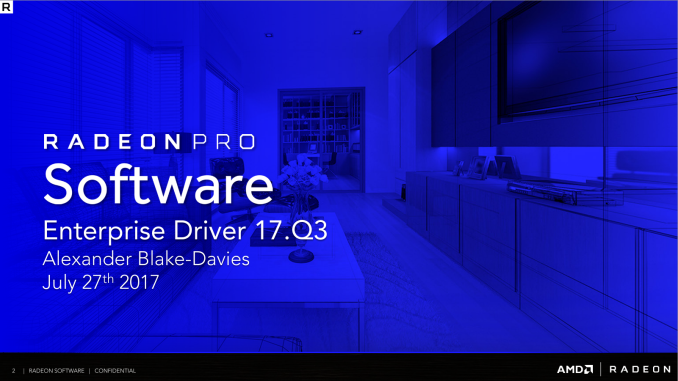
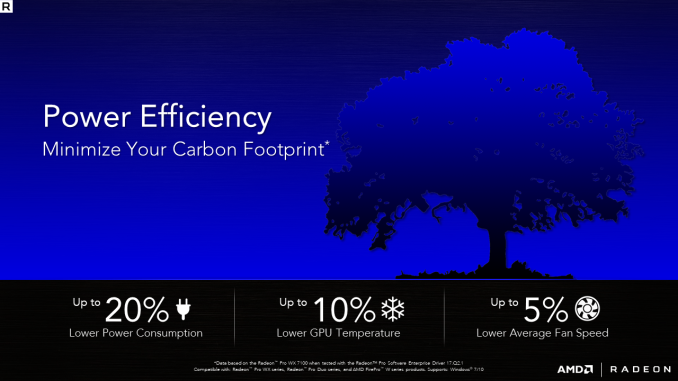
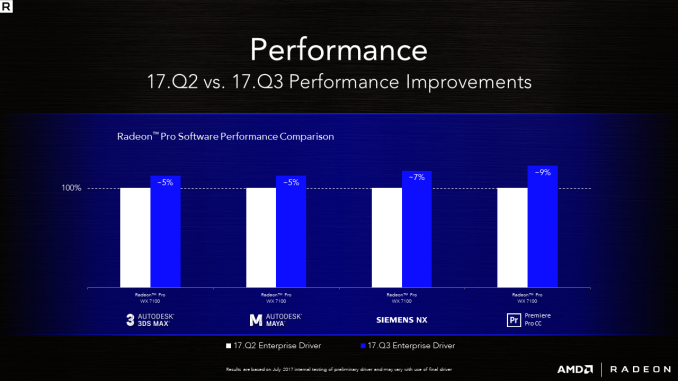

 Quote
Quote
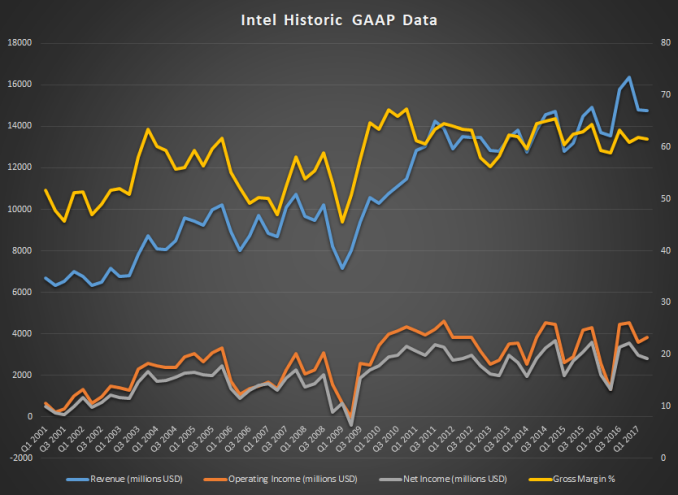
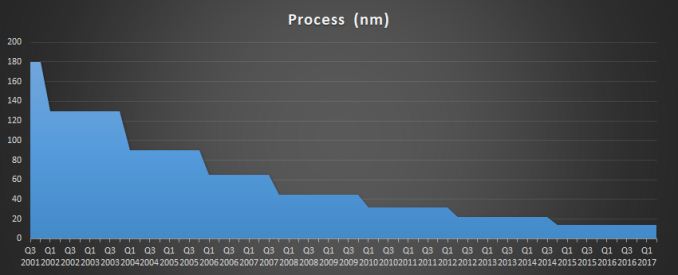
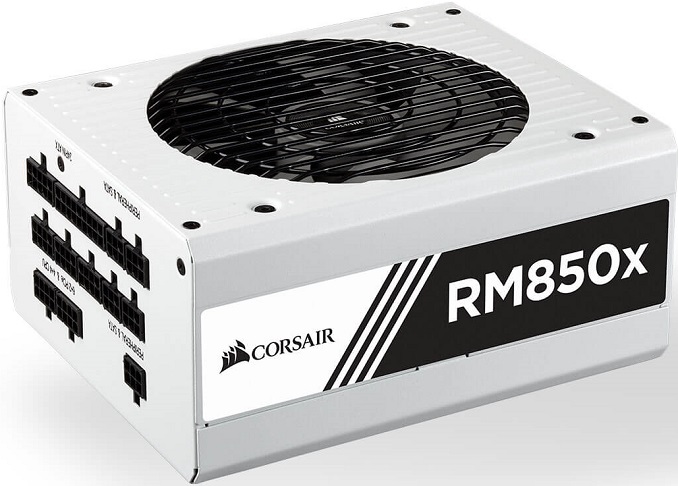
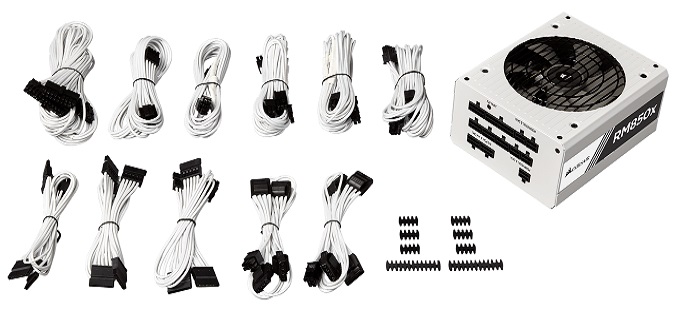

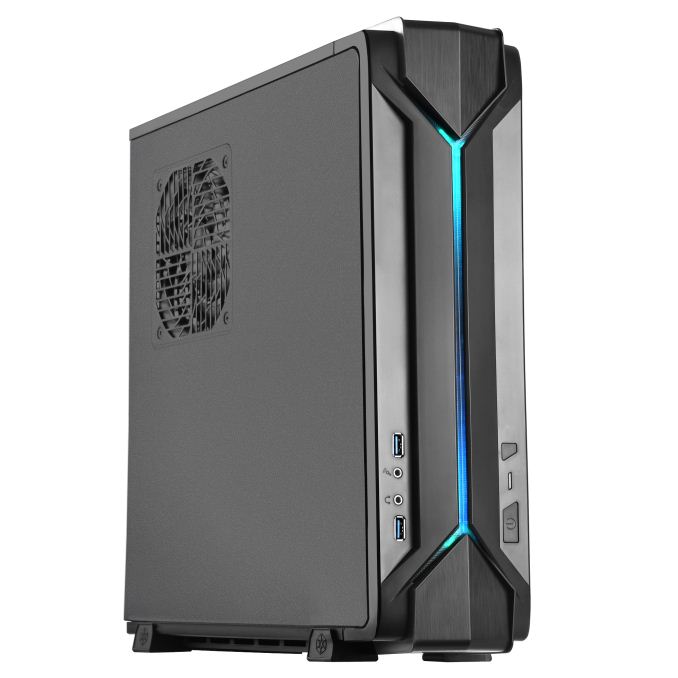
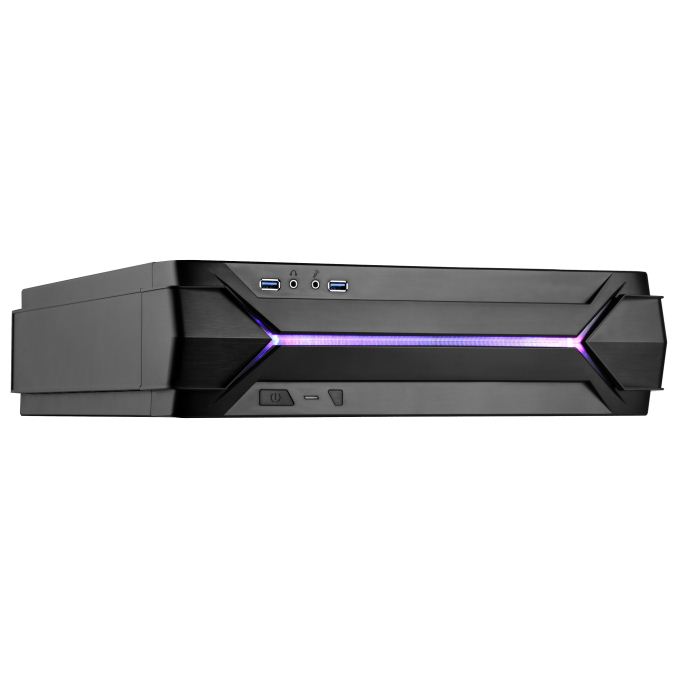
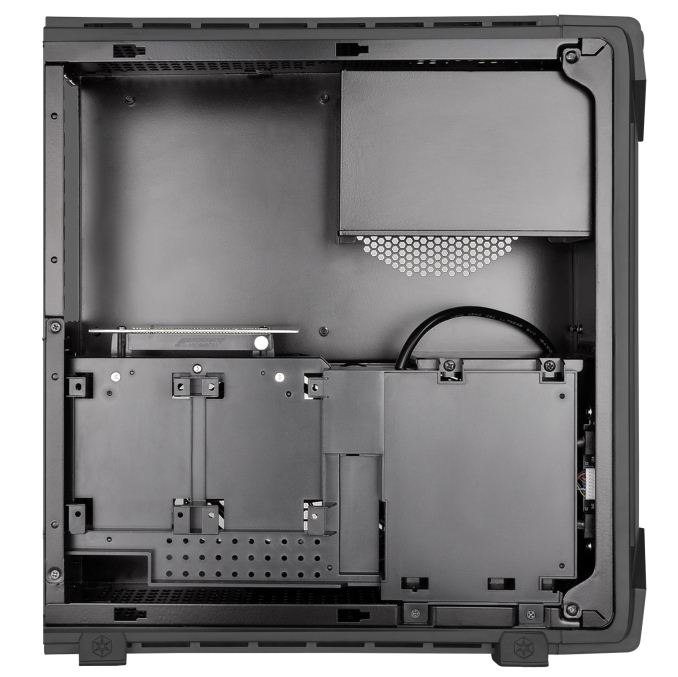
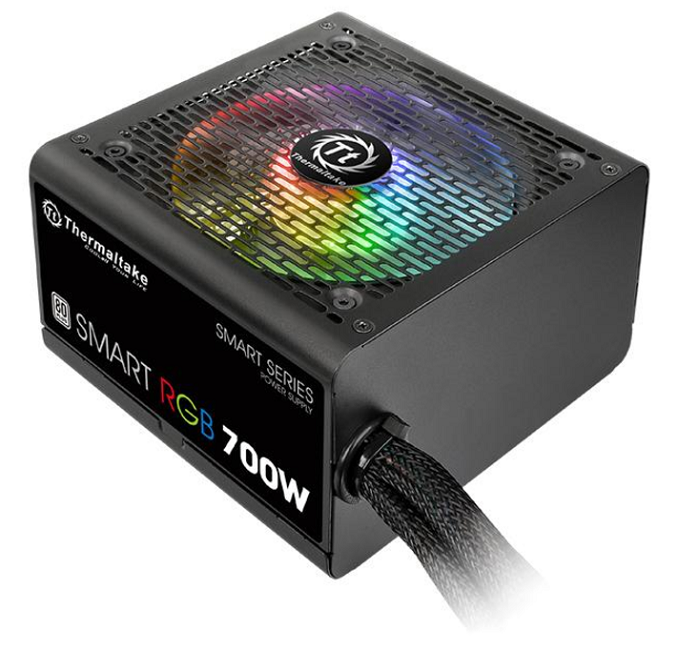

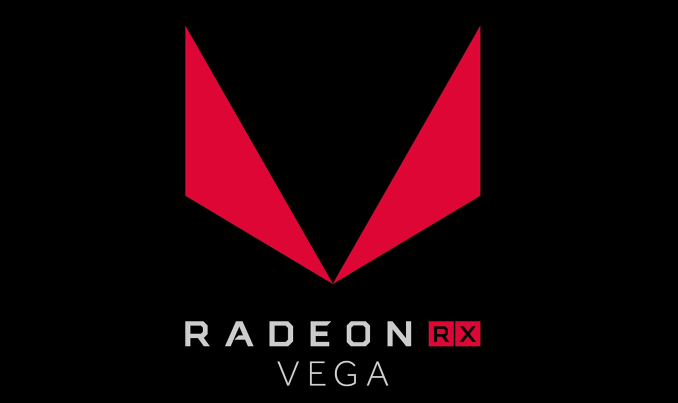
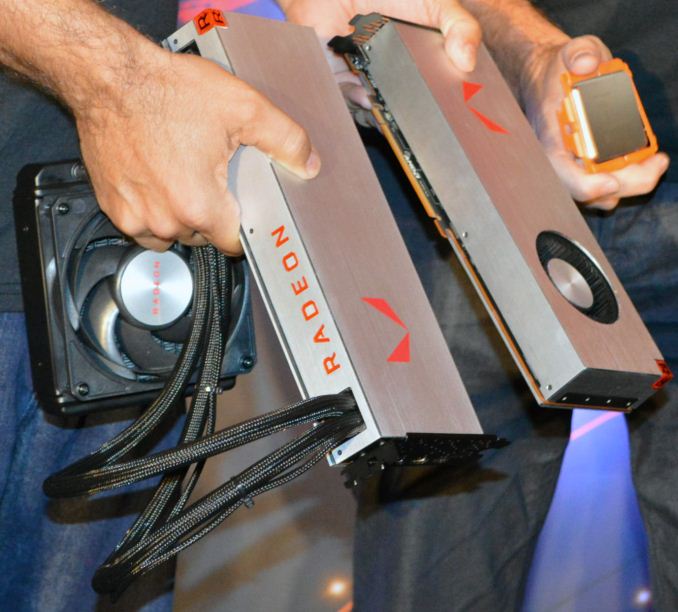

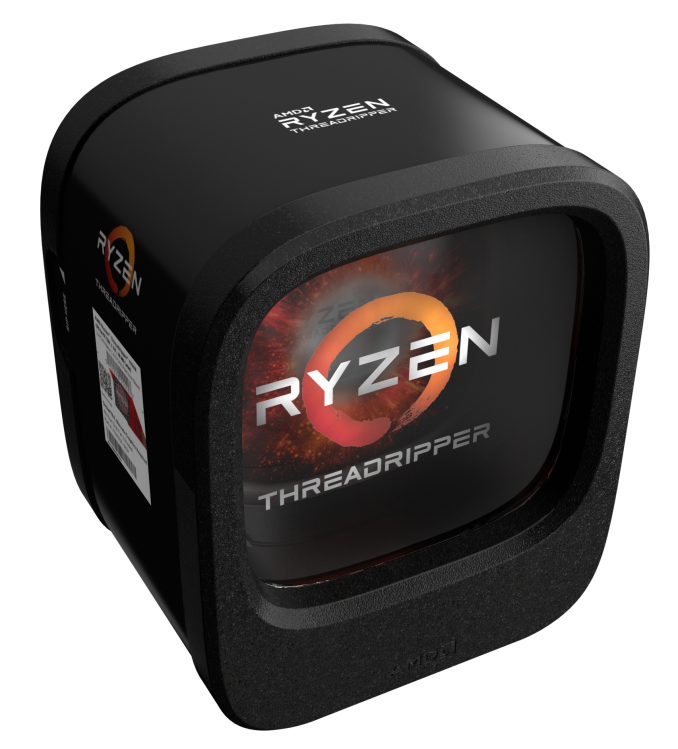
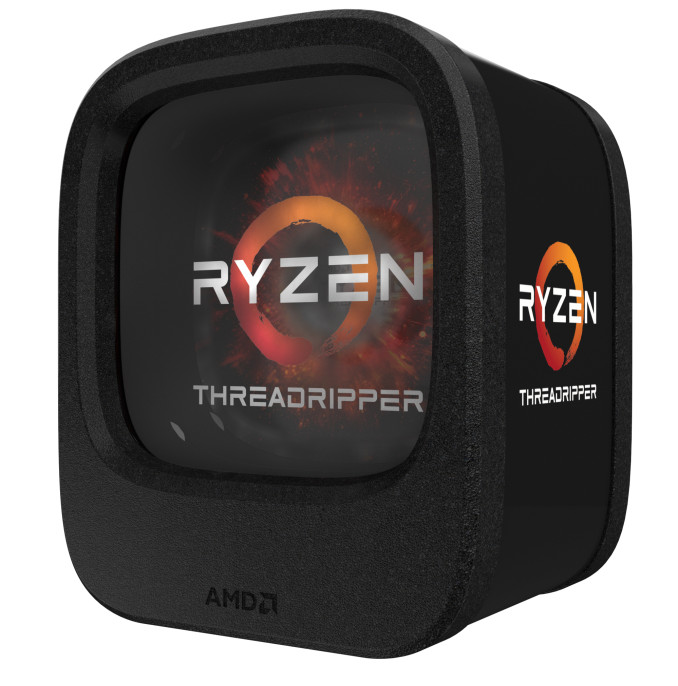
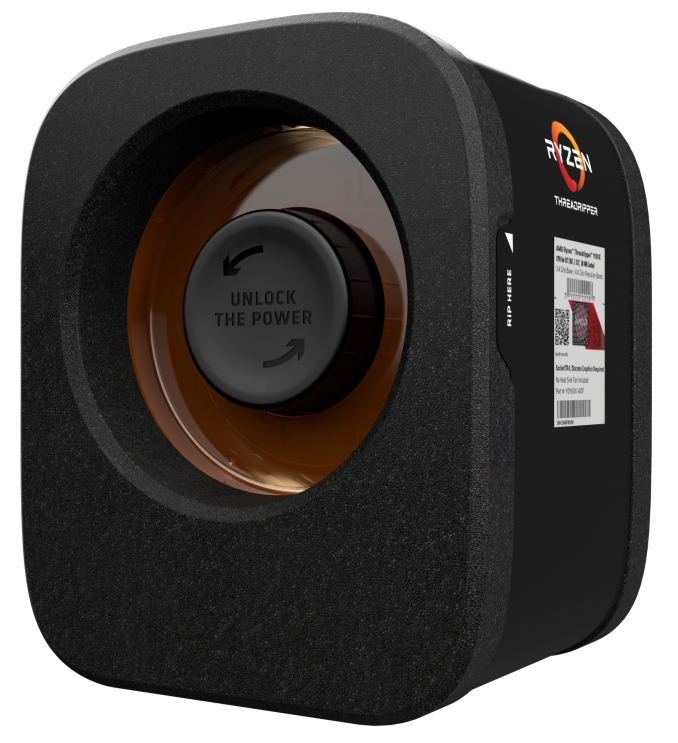

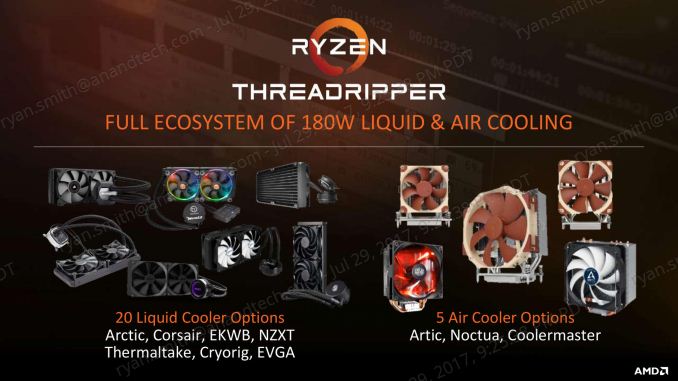

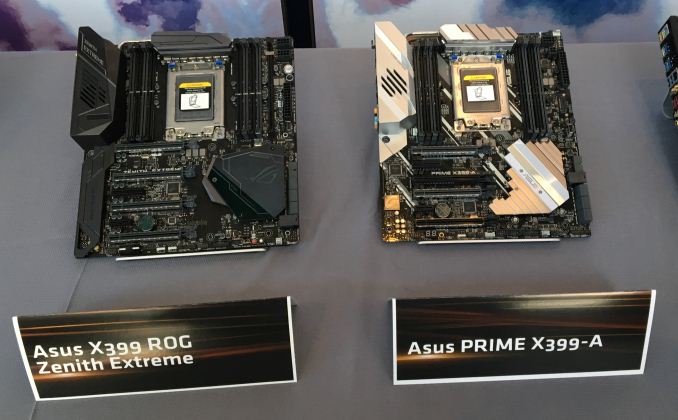
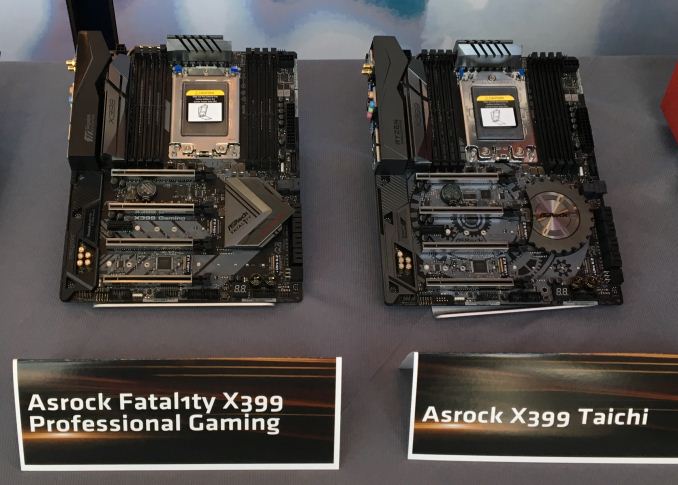

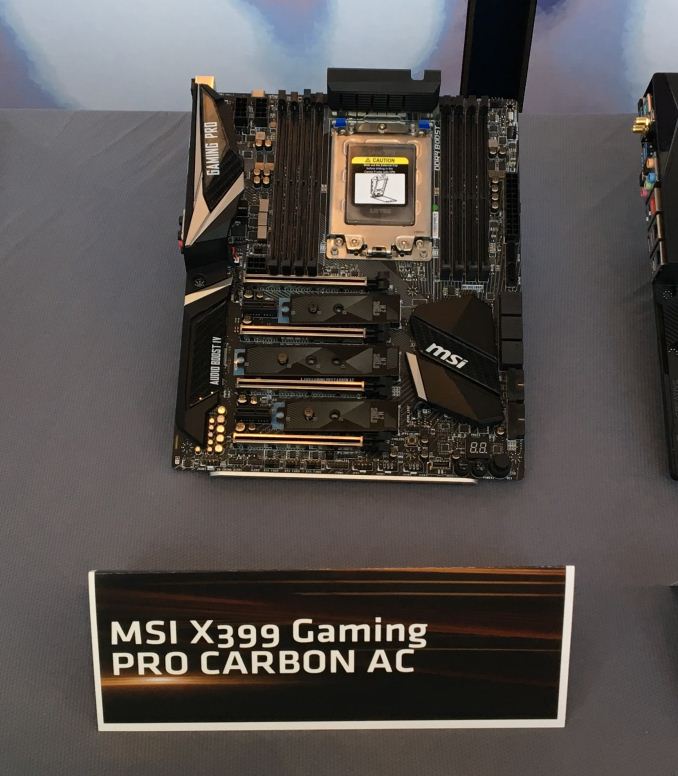

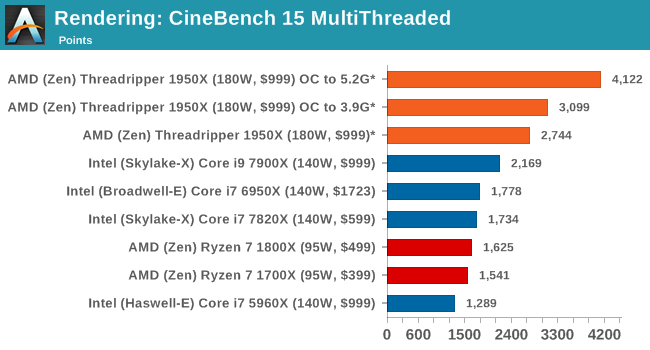
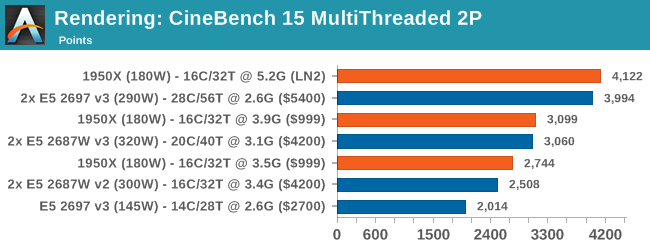
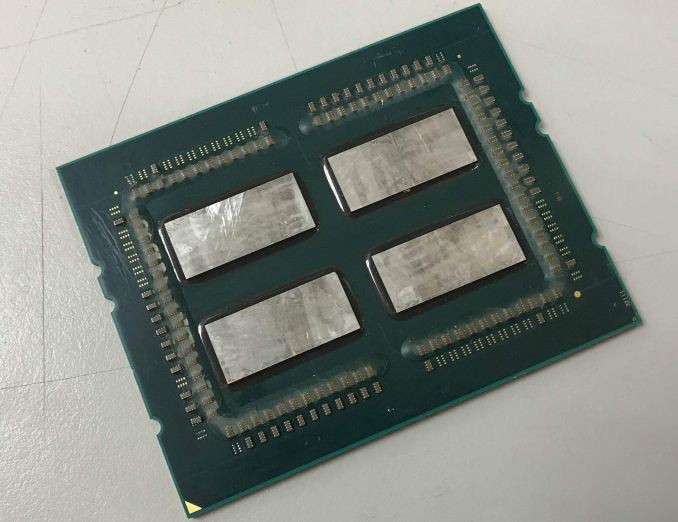
















Bookmarks